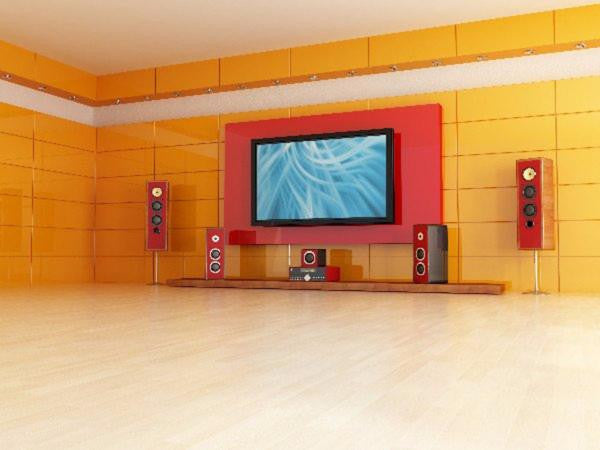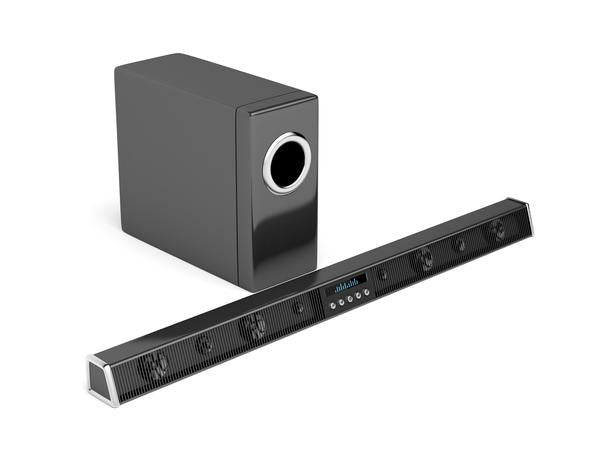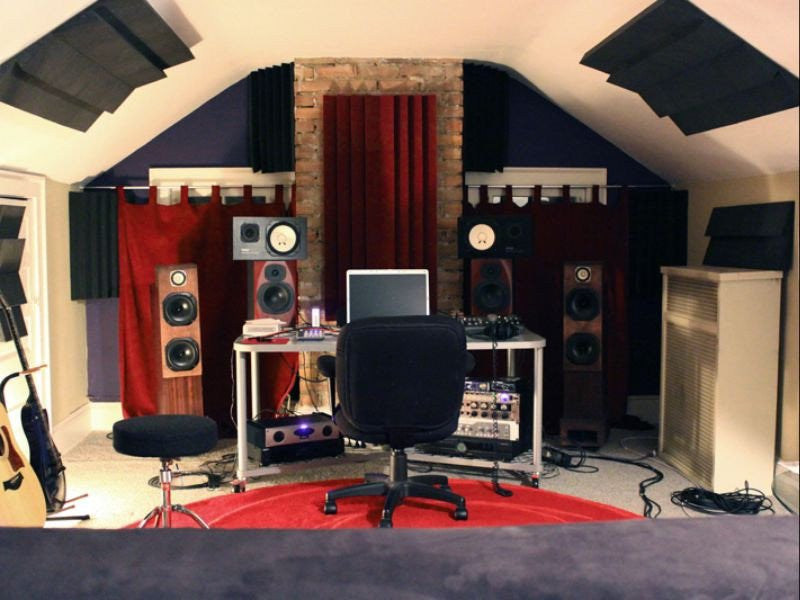Top ten tips to setting up your home cinema system for your living room
You might think, after spending a truckload of money on a home cinema system deemed to be the best in the market for your budget, that you can’t possibly go wrong. It might, hence, surprise you that the largest contributor to sound quality in a living room when it comes to home cinema systems is the setup. Go wrong with your speaker placements or your screen, and you’ll have all sorts of trouble such as back or neck pain, headaches, difficulty making out dialogue, and blurry, confusing music.This article will provide you with a set of tips aimed at ensuring that you get the optimal listening experience out of your home cinema system.
-
On buying a model that fits your room
It always amazes us at how much the average consumer is willing to spend on the home theater system of their dreams. While it’s generally true that sound quality varies drastically and predictably with price, the truth is that beyond a certain point, the importance of a second factor in determining the quality of your music becomes too prominent to be neglected – your room. No matter how celebrated a particular home theatre may be, it’s of no use to you if your room is not the right size or is not spacious enough to handle it. Buy a home theatre that your room can take, even if that means going cheap.
-
On setting up the screen
If you are yet to buy a TV, go for Full HD LED-LCD screens, even though UHD (4K) screens might seem tempting. This is because there is still no universal standard for 4K, and people who buy them at the moment invariably end up watching 1080p videos in their 4K screens (that support up to 2180p). If you already have a TV, ensure that you set it up at eye level. Depending on the screen, ensure that there is enough ambient light/ambient darkness in addition to placing it at a distance safe for your eyes.
- On setting up the centre channel
The centre channel is where most of the dialogue originates from. This should ideally be set up at ear-level. However, that is not always a feasible option because your ear level is very close to your eye level – where the screen already is. A simple workaround is to tilt your centre channel up at an angle so that it aims at your ears. Do not at any cost place your centre channel speakers inside your furniture or in the proximity of hard surfaces (including your floor – see point 7)
- On setting up your front (left and right) speakers
The Dolby website recommends placing your front left and right speakers at an angle anywhere from 17 to 30 degrees from your ears. When setting them up, have a friend move the speakers back and forth while you listen to the sound and judge it for clarity. Don’t think it's against the books to tilt your speakers towards your ears. Also, try to not place the speakers too close to hard furniture or the walls – doing this enhances mid and low frequencies and makes your music blurry. Consider moving your seat forward to increase the angle.
-
Setting up your surround speakers
Surround speakers are best set up at an angle of 90 to 110 degrees from your TV. This means either directly or slightly behind your ears. Once again, wherever possible, avoid putting them too close to your walls. It’s understandable that this might be difficult to achieve in a living room, but go a close to it as possible. If possible, buy speakers that are specifically built for wall mounting.
-
A word on tweeters
Tweeters handle the highest frequencies in your speakers, and need to be the most audible. Ensure that your centre channel tweeters are exactly pointed towards your ears, and that your tweeters in the surround speakers are a slightly higher than your ear level, so that the music has more room to spread.
-
Soft and Hard surfaces
Take care of the hard floor in between you and your speaker by placing rugs or carpets in between them. Extended high surfaces tend to bounce up high frequencies from the speakers. Because these bouncing highs travel a greater distance than the one directly reaching your ears, they take the split of a second longer, thereby muddling up your sound.
-
When to use sound insulation
If you absolutely have to place your speakers inside furniture, cover the sides of the speakers with professional grade sound insulators that will take care of the reflection of sound.
-
Some basic things
Needless to say, place your screen and speakers away from “foot traffic” i.e. away from places where people commonly walk. It’s also a good idea to spend on seating that is adjustable for height and orientation. Doing so will allow people of different heights to hit the musical sweet spot.
-
Eyeballing vs. doing the maths
Doing each of the above mentioned points require certain measurements. While “eyeballing” them or estimating them with your eyes is common, doing the math will help you be more accurate. Use measuring tapes to measure the length of your ears from the ground while sitting; use a tape measure and basic trigonometry to find out the angles for your front and surround speakers, and the position of your screen.






Comments
1 comment
Joy
This is indeed a great post and will help me in getting my new setup ready and going. I also blog on the topic here at https://www.CustomControls.co.uk